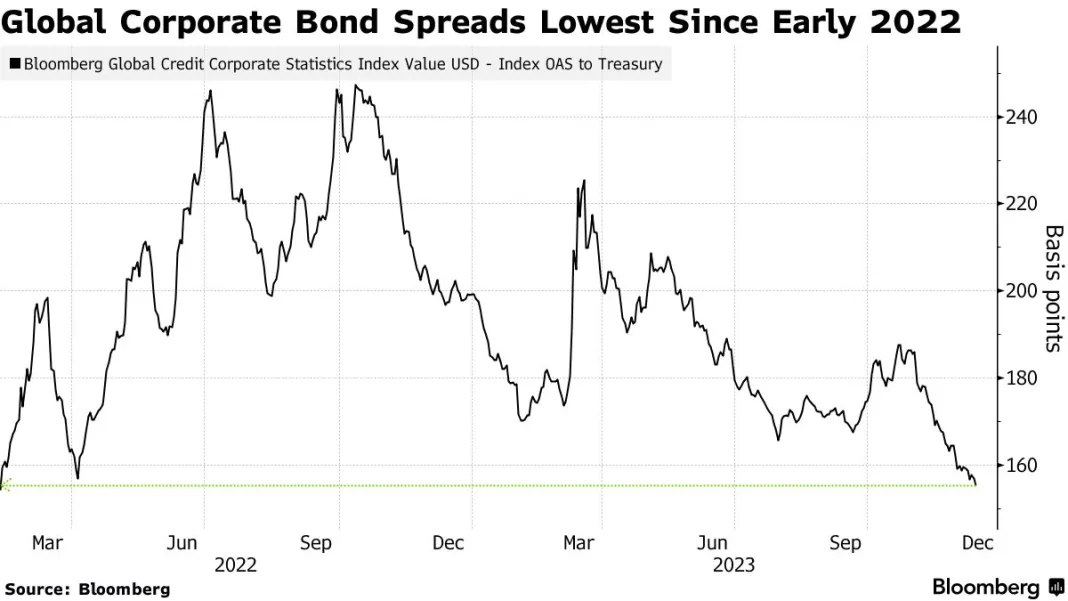Bond Yields Hit Multi-Month Lows as Investors React to Fed’s Dovish Pivot
In a surprising turn of events, bond yields have reached new multi-month lows as investors respond to the Federal Reserve’s unexpected shift towards a more dovish stance. This article delves into the implications of this development and explores the factors driving this downward trend in bond yields.
Federal Reserve’s Unexpectedly Dovish Pivot
The Federal Reserve’s recent pivot towards a more dovish stance has caught many investors off guard. On Wednesday, the central bank announced its decision to keep interest rates unchanged and signaled a more patient approach to future rate hikes. This unexpected shift has sent shockwaves through the financial markets, leading to a decline in bond yields.
Bond Yields Slide to Multi-Month Lows
As a result of the Federal Reserve’s dovish pivot, bond yields have plummeted to fresh multi-month lows. Yields on benchmark 10-year Treasury notes, which move inversely to prices, dropped significantly following the announcement. This decline reflects investors’ growing concerns about the economic outlook and their expectations of a slower pace of rate hikes.
Investor Response and Pricing In
Investors have swiftly adjusted their expectations in response to the Federal Reserve’s dovish pivot. The market has been pricing in a more accommodative monetary policy, with reduced expectations for future interest rate increases. This shift in sentiment has fueled demand for bonds, pushing prices higher and yields lower.
Implications for Investors
The decline in bond yields has significant implications for investors across various asset classes. Lower yields make fixed-income investments, such as bonds, less attractive compared to riskier assets like stocks. As a result, investors may seek alternative investment opportunities or adjust their portfolios accordingly.
Economic Outlook and Market Uncertainty
The downward trend in bond yields also reflects growing concerns about the global economic outlook and increased market uncertainty. Investors are becoming more cautious due to factors such as trade tensions, geopolitical risks, and signs of a potential economic slowdown. The decline in bond yields can be seen as a flight to safety, as investors seek relatively safer assets amid uncertain times.
Central Banks’ Global Impact
The Federal Reserve’s dovish pivot is not an isolated event. Central banks around the world have been adopting similar accommodative policies in response to global economic challenges. The European Central Bank, for example, has signaled its intention to keep interest rates low for an extended period. These synchronized efforts by central banks contribute to the downward pressure on bond yields globally.
Conclusion
The unexpected dovish pivot by the Federal Reserve has led to a decline in bond yields, reaching fresh multi-month lows. Investors are adjusting their expectations and pricing in a more accommodative monetary policy, which has fueled demand for bonds. The decline in yields reflects concerns about the economic outlook and increased market uncertainty. As central banks worldwide adopt similar policies, the impact on bond yields is felt globally. Investors must carefully navigate these changing dynamics and consider alternative investment strategies in light of this new environment.


